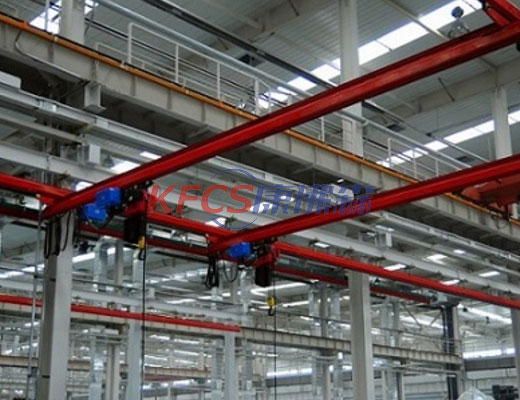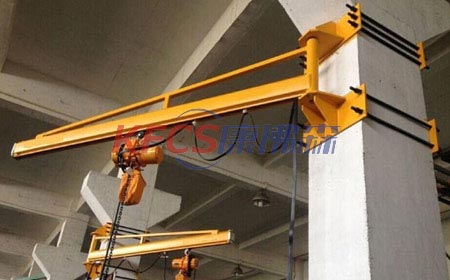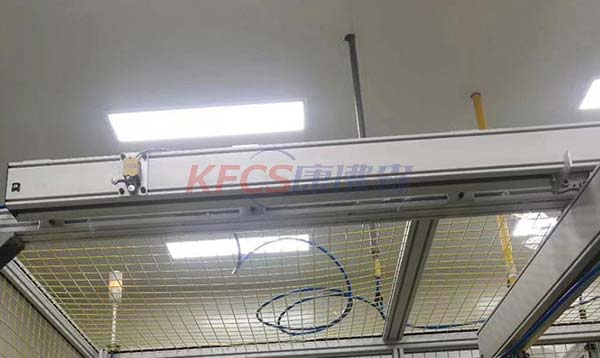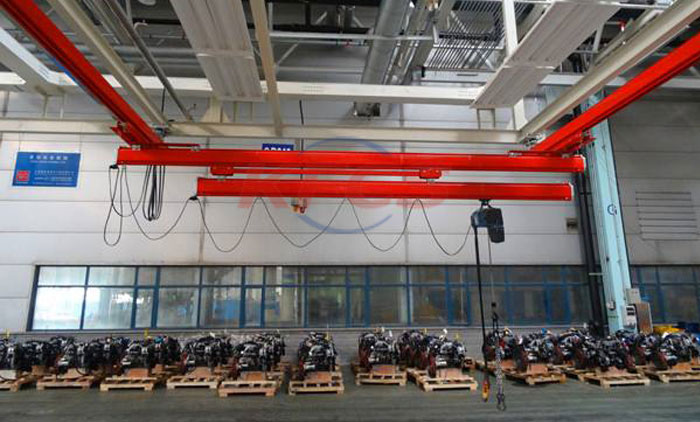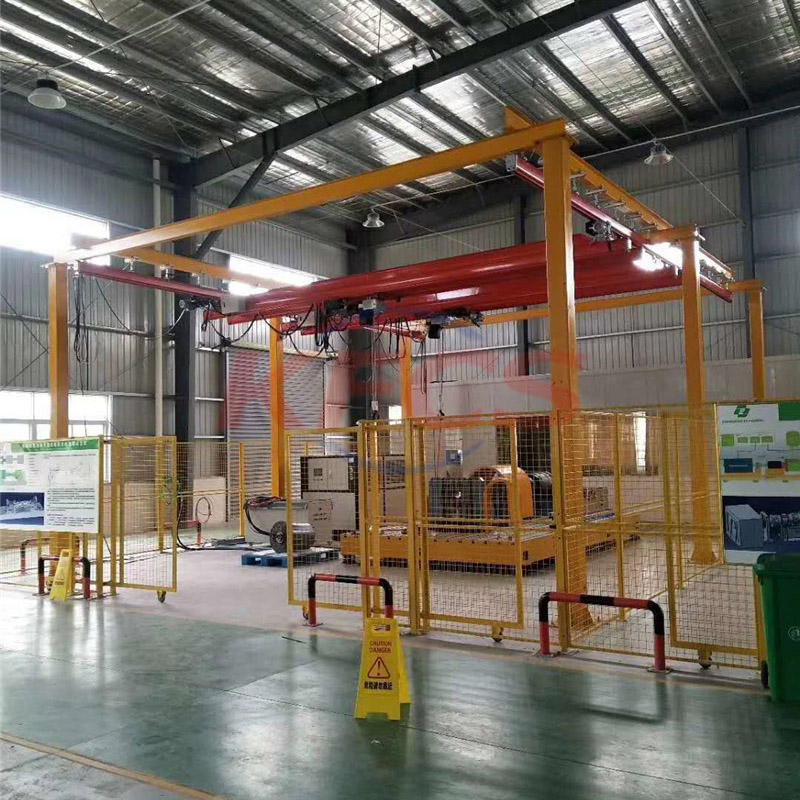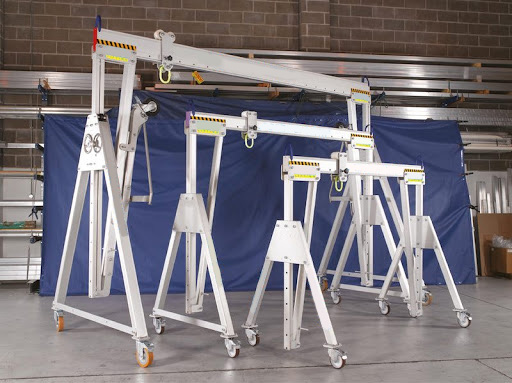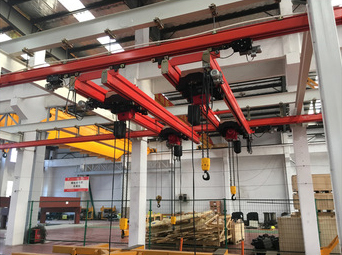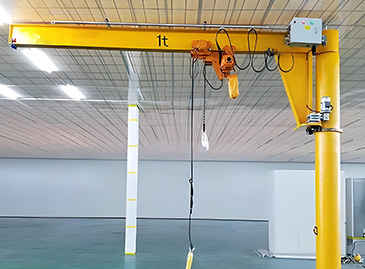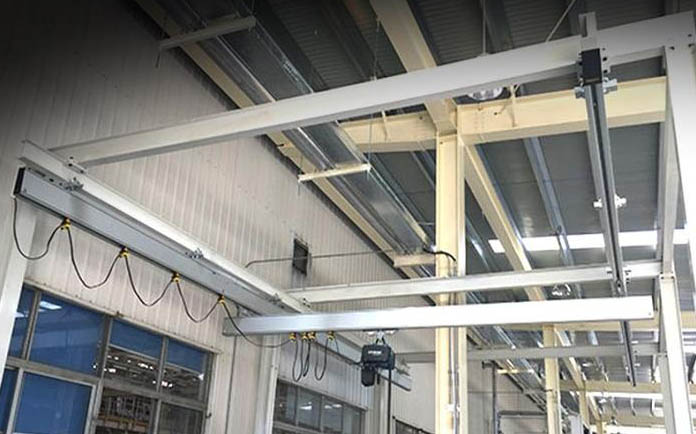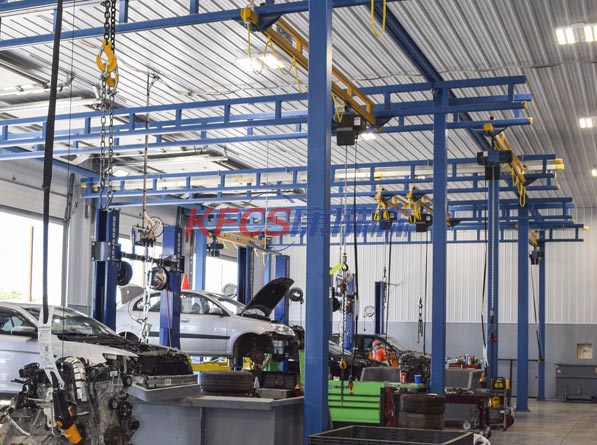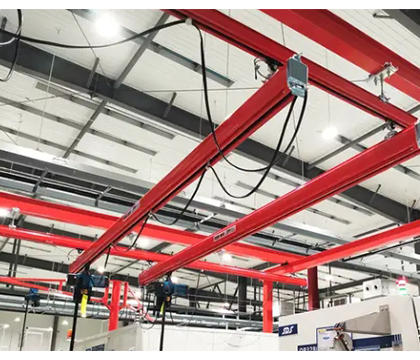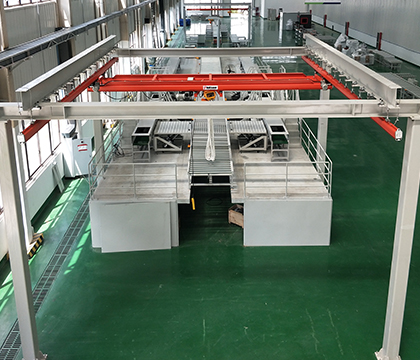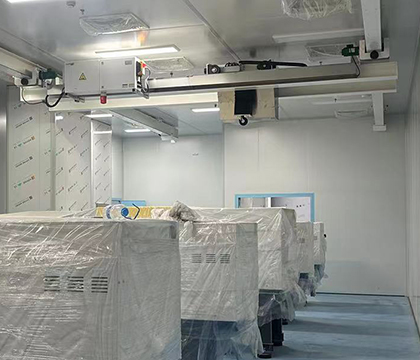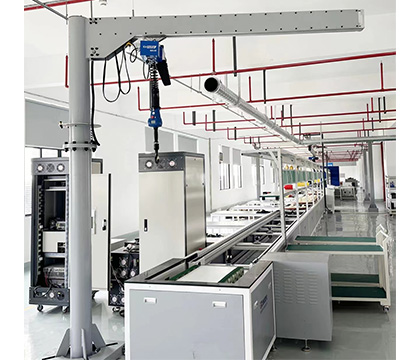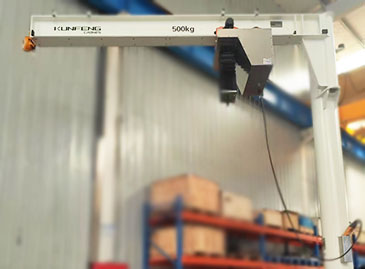“Light cranes are divided into manual, electric or semi-automatic. With a modular structure, they can respond to changing needs at any time. Light cranes have lower rolling resistance and are easy to push and control. They are very suitable for heavy-load applications and ultimately achieve optimal performance.”
Light cranes are lifting equipment designed for small and medium-sized material handling scenarios. Their lifting capacity is usually between 1 ton and 10 tons. They are small in size, flexible and easy to operate. This type of equipment can achieve high-efficiency vertical lifting and horizontal movement operations in limited spaces such as factory workshops, warehouses, and logistics centers through modular design and precision structure combination.
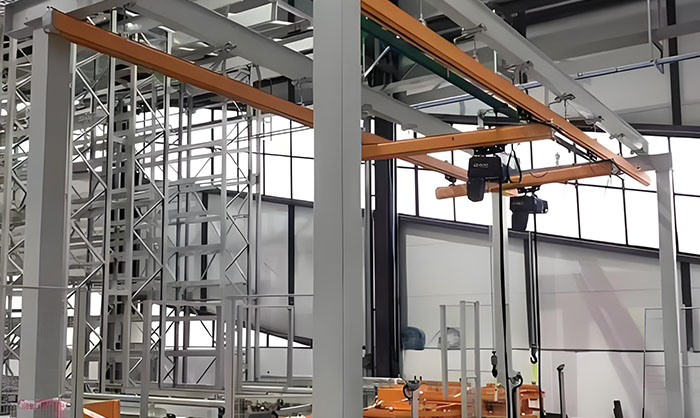
1. Core structure and application advantages
Light cranes are composed of core components such as lifting mechanism, operating mechanism, luffing mechanism and electrical control system. Compared with traditional large cranes, they have significant advantages:
① Spatial adaptability: The unique compact design can turn freely in narrow passages within 5 meters, especially suitable for factories with a floor height of less than 8 meters;
② Intelligent operation: Light cranes achieve precise lifting through wireless remote control or integrated control panel, and some models are equipped with automatic positioning function to reduce manual errors;
③ Cost-effectiveness: Using lightweight materials such as aluminum alloy, the installation cycle is 70% shorter than traditional equipment, and the power consumption is only 1/3 of similar products;
④ Safety upgrade: High-precision light cranes are equipped with overload protection, emergency braking and anti-sway devices, and the accident rate is 82% lower than that of traditional cranes.
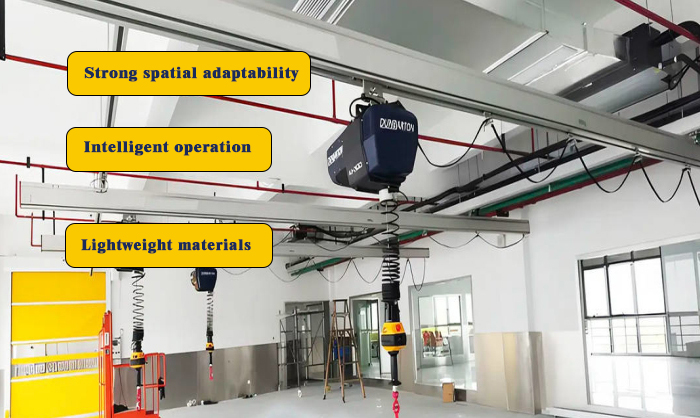
2. Mainstream types and applicable scenarios
There are three main types of light crane systems on the market:
①KBK flexible track type: 360° coverage through standardized track modules, especially suitable for electronic component assembly lines and automotive parts production lines;
②Combined truss: patented quick-install structure, can complete the disassembly and assembly of 10-ton equipment within 4 hours, widely used in logistics sorting centers;
③Smart aluminum gantry: 60% lighter than steel structure, with AI path planning system, it has become the standard for new energy battery production lines.
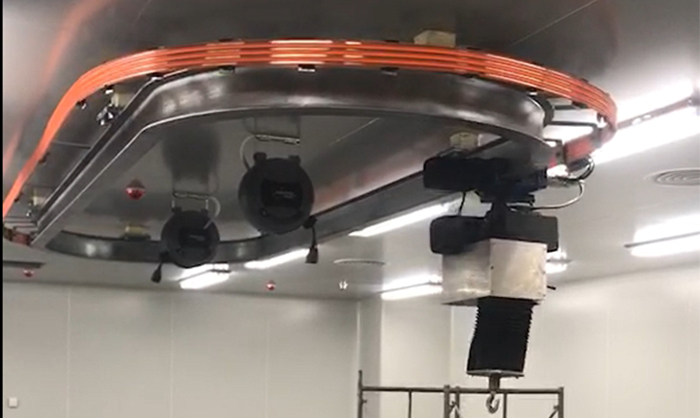
3. Technological innovation and industry trends
The 2023 industry report shows that the intelligent penetration rate of light cranes has reached 45%. The new equipment uses IoT sensors to monitor the health status of the equipment in real time, and with digital twin technology, the maintenance response speed can be increased by 3 times. It is expected that by 2026, models equipped with 5G edge computing functions will occupy 60% of the market share.
Purchase suggestions: Users need to focus on the equipment's load margin (it is recommended to choose a model with a nominal load of more than 1.5 times), track splicing accuracy (error should be ≤0.5mm/m) and energy consumption indicators, and pay attention to whether the manufacturer provides customized expansion interfaces.
Through technological innovation and expansion of application scenarios, light cranes are transforming from simple handling tools to core nodes of the smart manufacturing ecosystem, providing key support for flexible production in the era of Industry 4.0. If you need a light crane, please contact us!

